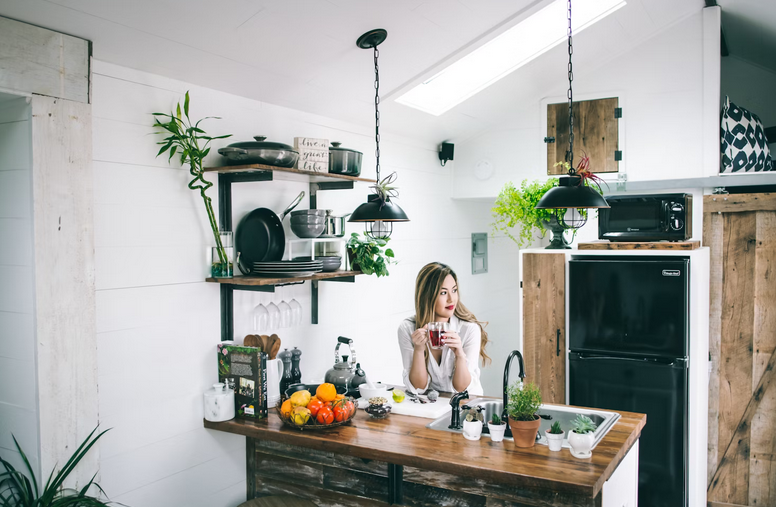Welcome to your journey of transforming dreams into reality! Designing a practical layout for your new home is an exciting adventure that blends creativity with functionality. Whether you envision a cozy nook for morning coffees, an open-concept living space perfect for entertaining, or a serene sanctuary to unwind after a long day, the proper layout can make all the difference. In this blog post, we’ll guide you through the essential steps and considerations to take from concept to creation, ensuring every inch of your future abode reflects your lifestyle and aspirations.
Start With Your Lifestyle Needs
Before diving into design details, consider how you live and what you need from your space. Are you someone who loves to entertain? It would help if you thought of an open-plan kitchen and dining area. Do you work from home? Consider a dedicated home office. Make a list of must-haves and nice-to-haves based on your daily routines and hobbies. This will help guide your decisions and ensure your home suits your lifestyle.
Plan for Flow and Functionality

One of the most important aspects of a functional layout is how well the spaces flow together. Fortunately, 1a-Immobilienmarkt.de details more about the functionality of homes. You don’t want to have to walk through one room to get to another or find that the kitchen is too far from the dining area. Think about how you move through your home and plan the layout to minimize unnecessary steps. An open floor plan can create a seamless flow, but even in a more traditional design, thoughtful placement of rooms can make a big difference.
Optimize Your Space
When designing your layout, consider how to make the most of every square foot. For example, built-in storage solutions like shelves or cabinets can help keep things organized without taking up extra space. Use multipurpose furniture and rooms where possible—think of a guest room that doubles as a home gym or a dining room with extendable tables. Clever use of space can make a big difference in a home’s functionality.
Think About Future Needs
While it’s essential to design for your current lifestyle, don’t forget to plan for the future. Consider how your needs might change over time. For instance, if you plan to start a family, you might want to include extra bedrooms or a larger play area. Planning for future needs ensures your home remains functional and comfortable as your life evolves.
Pay Attention to Natural Light
Natural light can make a huge difference in how a space feels. When designing your layout, think about how to maximize the use of natural light. Position living areas to take advantage of the sun’s path, and consider adding large windows or sliding doors to bring the outdoors in. Good lighting can enhance the mood of a room and make it feel more inviting.
Work With Your Builder and Designer

If you’re working with a builder or interior designer, make sure to communicate your vision clearly. Share your list of needs and preferences, and be open to their suggestions. Professionals can offer valuable insights and help you maximize your layout. They can also help you understand how your design choices will impact construction and the overall flow of your home.
Budget Wisely
Designing a functional layout also means keeping an eye on your budget. While going all out is tempting, making practical choices that align with your financial plans is essential. Prioritize the features that matter most to you and look for cost-effective ways to achieve them. Balancing your dream design with your budget will ensure you get the most value for your investment.
Designing a functional layout for your new home during construction is an exciting opportunity to create a space that truly fits your needs and lifestyle. You can design a practical and beautiful home by starting with your lifestyle needs, planning for flow and functionality, optimizing space, considering future needs, maximizing natural light, and working with professionals. Keep your budget in mind, and you’ll have a layout that perfectly fits your new home.





